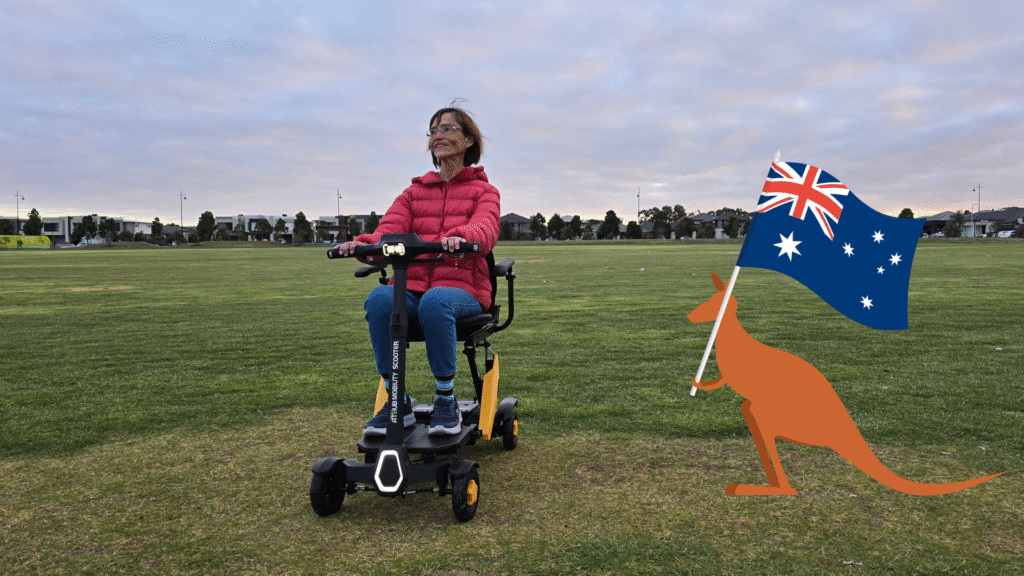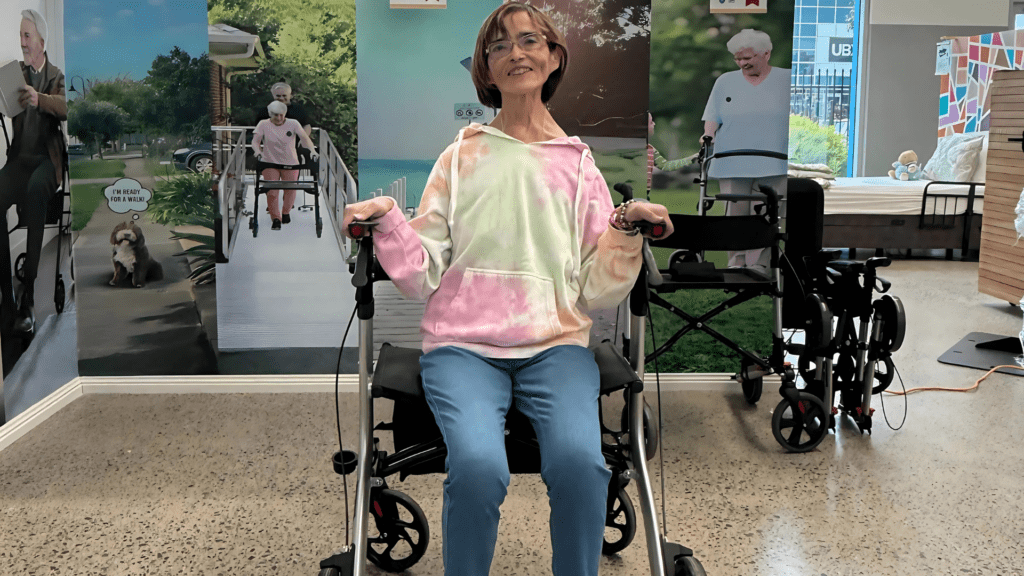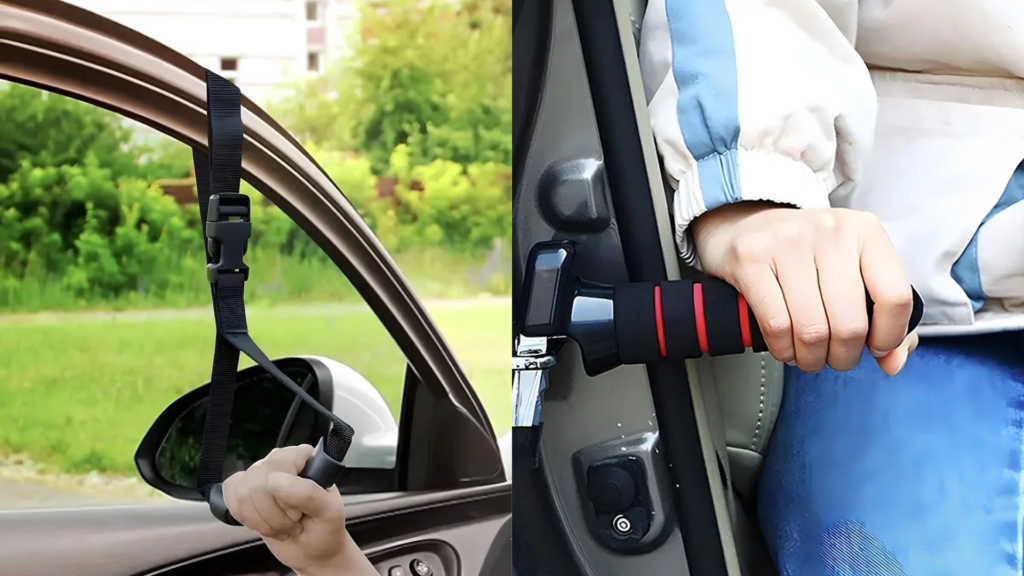Mobility scooters provide essential freedom and independence to older adults and people with disabilities across Australia. However, using a mobility scooter in public comes with important legal responsibilities. Understanding the rules helps ensure you stay safe, compliant, and protected under local laws.
This guide outlines where scooters can be used, speed and age regulations, state-by-state differences, and helpful tips for navigating public spaces legally.
Are Mobility Scooters Considered Motor Vehicles?
In Australia, mobility scooters are not considered motor vehicles. They are legally classified as pedestrian mobility aids, provided they meet the following criteria:- Maximum unladen weight of 110 kg
- Maximum speed of 10 km/h on level ground
- No licence or vehicle registration is required
- Users are expected to follow pedestrian rules and use footpaths or designated crossings
- Scooters must not be driven on roads unless crossing or where no footpath exists
Where Can You Legally Drive a Mobility Scooter?
According to most state road authorities, mobility scooters can be used in:- Footpaths and pedestrian zones (at walking speed)
- Shared-use paths (with cyclists and pedestrians)
- Crossings and pedestrian lights
- Shopping centres, aged care homes, parks, and certain public buildings
Road Use Is Only Permitted
- When crossing the road safely at marked points
- When no footpath is available (e.g., rural areas)
Age, Speed, and Safety Guidelines
Age Restrictions
- Most states do not set a strict minimum age, but scooters are intended for people with mobility impairment—including seniors and those with permanent or temporary disabilities.
- NDIS participants must meet assistive technology criteria before receiving scooter funding.
Speed Limits
- Maximum legal speed is 10 km/h
- In public pedestrian areas, users should travel at walking pace (4–6 km/h) unless otherwise permitted
Safety Rules
- Do not carry passengers (unless scooter is designed for that purpose)
- Avoid using mobile phones or headphones while driving
- Park the scooter safely, without blocking footpaths or entries
- Check brakes, tyres, and battery before leaving home
State-by-State Variations to Be Aware Of
While national guidelines are similar, each Australian state and territory may have slight differences in enforcement or expectations.Victoria (VicRoads)
- No registration required
- Scooters must comply with the 10 km/h limit and be designed for mobility-impaired use
- Use only on roads if there is no footpath
- Helmets not required but recommended if used on shared bike paths
New South Wales (Transport NSW)
- Similar guidelines to Victoria
- Must not exceed 10 km/h
- Scooter must be for personal mobility due to injury, illness, or disability
Queensland (TMR)
- Scooters must be used on footpaths
- Speed limited to 10 km/h
- No need for registration or licensing
South Australia, WA, Tasmania, NT, and ACT
- Follow national rules
- Generally classified as pedestrian aids
- May have local council rules for parks or malls
Helpful Accessories to Improve Legal Compliance
While not legally mandatory, the following scooter accessories increase safety and legal compliance:High-Visibility Flags and Poles
- Improve visibility to cars and pedestrians
- Required or strongly recommended in many aged care facilities
- Browse mobility scooter flags
Rearview Mirrors
- Help with reversing or checking paths
- Essential for tight shopping centres and footpaths
Lights and Reflectors
- Needed when using scooters at dusk, dawn, or in shaded areas
- Increase safety in winter or under poor weather conditions
Seat Belts (if applicable)
- Some scooters offer seatbelt options for users with stability issues
- Only use if recommended by a health professional
Conclusion
Mobility scooters open up opportunities for independence, but safe use in public means following the rules:- Stay under 10 km/h and always use footpaths and crossings
- Understand your state-specific rules, especially in Victoria
- Ensure your scooter meets the pedestrian aid definition
- Use flags and accessories for increased visibility
- Seek OT guidance if applying through the NDIS
- Explore compliant mobility scooters
- Contact us to get help with choosing safe and legal accessories
Frequently Asked Questions (FAQs)
- Do I need a licence to drive a mobility scooter in Australia?
No. Mobility scooters are not classed as vehicles. You do not need a licence or registration to use one in public. - Can I ride my mobility scooter on the road?
Only if there’s no footpath available, or when crossing the road. Scooters should primarily stay on footpaths. - What’s the speed limit for mobility scooters?
Mobility scooters must not exceed 10 km/h and should travel at walking pace in pedestrian areas. - Are there age restrictions to use a scooter?
No official age limits apply, but scooters are intended for those with mobility impairments. Funding may require OT assessments. - Can I take a mobility scooter on public transport?
Some buses, trains, and trams are scooter-accessible, but this depends on size, weight, and state guidelines. Check with your local transport provider.



